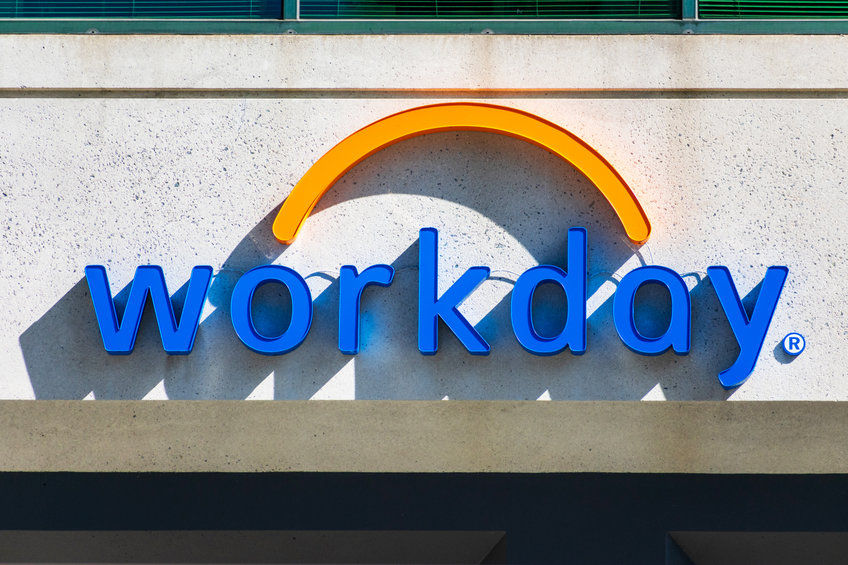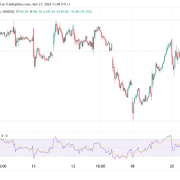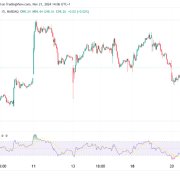
Morgan Stanley has upgraded BlackLine Inc (NASDAQ: BL) and raised its price target to $70 from $60.
Analyst Chris Quintero highlights the company’s underappreciated margin expansion and sees an attractive risk-reward profile.
He projects a 32% compound annual growth rate (CAGR) in free cash flow (FCF) through 2026, with FCF margins expected to reach 22% in FY24, 25% in FY25, and 29% in FY26.
Quintero notes that BlackLine is trading at approximately 13 times its enterprise value to the calendar year 2026 FCF, representing a significant discount of over 35% compared to small and mid-cap peers trading at around 19 times.
BlackLine’s strategic partnership with SAP is poised to drive durable growth, especially as companies transition to SAP’s S/4HANA enterprise resource planning system.
This relationship positions BlackLine to capitalize on upcoming ERP migrations, potentially expanding its market share and revenue streams.
BlackLine takeover speculations
In recent corporate developments, BlackLine appointed David Henshall to its board of directors.
Henshall, the former president and CEO of Citrix Systems, has a history of board positions at companies like New Relic and LogMeIn, which were acquired during his tenure.
His addition to the board has stirred some takeover speculation, further fueled by activist investor Jana Partners disclosing a 1.9% stake in the company.
BlackLine’s strong Q2 performance
BlackLine delivered strong second-quarter results. The company reported non-GAAP earnings per share of $0.58, surpassing analyst expectations by $0.08. Revenue grew by 11% year-over-year to $160.5 million, beating estimates by $2.28 million.
Operating cash flow increased to $40.7 million from $24.6 million in the same quarter last year, and free cash flow rose to $34.4 million compared to $18 million previously.
BlackLine: forward outlook
Looking ahead, BlackLine forecasts third-quarter GAAP revenue between $162 million and $164 million, aligning with analyst consensus estimates.
The non-GAAP operating margin is expected to be between 19% and 20%, with non-GAAP net income projected at $38 million to $40 million, or $0.49 to $0.52 per share based on 77 million diluted weighted average shares outstanding.
For the full year 2024, the company raised its revenue guidance to a range of $647 million to $651 million, slightly above prior estimates.
The non-GAAP operating margin is anticipated to be between 18% and 19%, and non-GAAP net income per share is estimated at $2.08 to $2.21 on 76.1 million diluted weighted average shares outstanding.
Despite these positive indicators, some analysts expressed caution due to slowing revenue growth and stiff competition.
BlackLine operates in a niche segment of the financial accounting software market, focusing on automating the period-end close process. Larger competitors like Oracle, SAP, and Workday offer more comprehensive financial accounting suites, which could limit BlackLine’s market penetration.
Additionally, the company’s strategic shift toward the mid-market may expose it to increased economic volatility, as smaller businesses are more susceptible to market fluctuations.
BlackLine stock valuation
From a valuation standpoint, BlackLine trades at about 5.3 times its enterprise value to projected FY24 revenue and 4.6 times EV to FY25 revenue.
While these multiples are not overly high, they are comparable to or higher than some peers with similar or better growth prospects.
For example, companies like Pegasystems and Momentive Global trade at lower multiples despite exhibiting comparable growth rates, suggesting that BlackLine’s stock may not be undervalued relative to its peers.
On the operational front, BlackLine offers mission-critical solutions that automate complex accounting processes, resulting in increased efficiency and reduced errors for its clients.
The company’s offerings are highly sticky, evidenced by a revenue renewal rate of 93% in the first quarter of 2024. With over 200,000 potential customers in its addressable market and only 4,435 customers currently served, there is substantial room for growth.
Moreover, BlackLine has successfully increased its annual revenue per customer cohort over time, indicating strong customer retention and the potential for upselling additional services.
Considering these factors, investors face a nuanced decision regarding BlackLine’s stock.
The company’s solid financial performance and strategic partnerships present a compelling case for potential growth.
To better understand the stock’s future trajectory, it may be insightful to examine the technical aspects and chart patterns that could influence its price movement.
Bearish downtrend persists
Blackline’s stock has been in the grips of bears since early 2021 when it made its all-time high above $150. The long-term downtrend it has seen since then lasts to this day as can be seen on the long-term charts.
Source: TradingView
Earlier this year, the stock also broke below the $448.2 level, where it had taken support multiple times since May 2022. Although it has bounced back since the, the bearish trend remains intact.
Considering this, investors who have a bullish view of the company must refrain from initiating a fresh long position in the stock unless it breaks above its long-term downward trendline which will be near the $58.3 level.
Traders who continue to remain bearish on the stock and want to initiate fresh short positions can utilize this recent bounce back to do so.
If the stock doesn’t break above its long-term bearish trendline, it can again fall below $48 in the coming months, where one can book profits.
The post Is BlackLine a ‘Buy’ after Morgan Stanley raises target to $70? appeared first on Invezz











